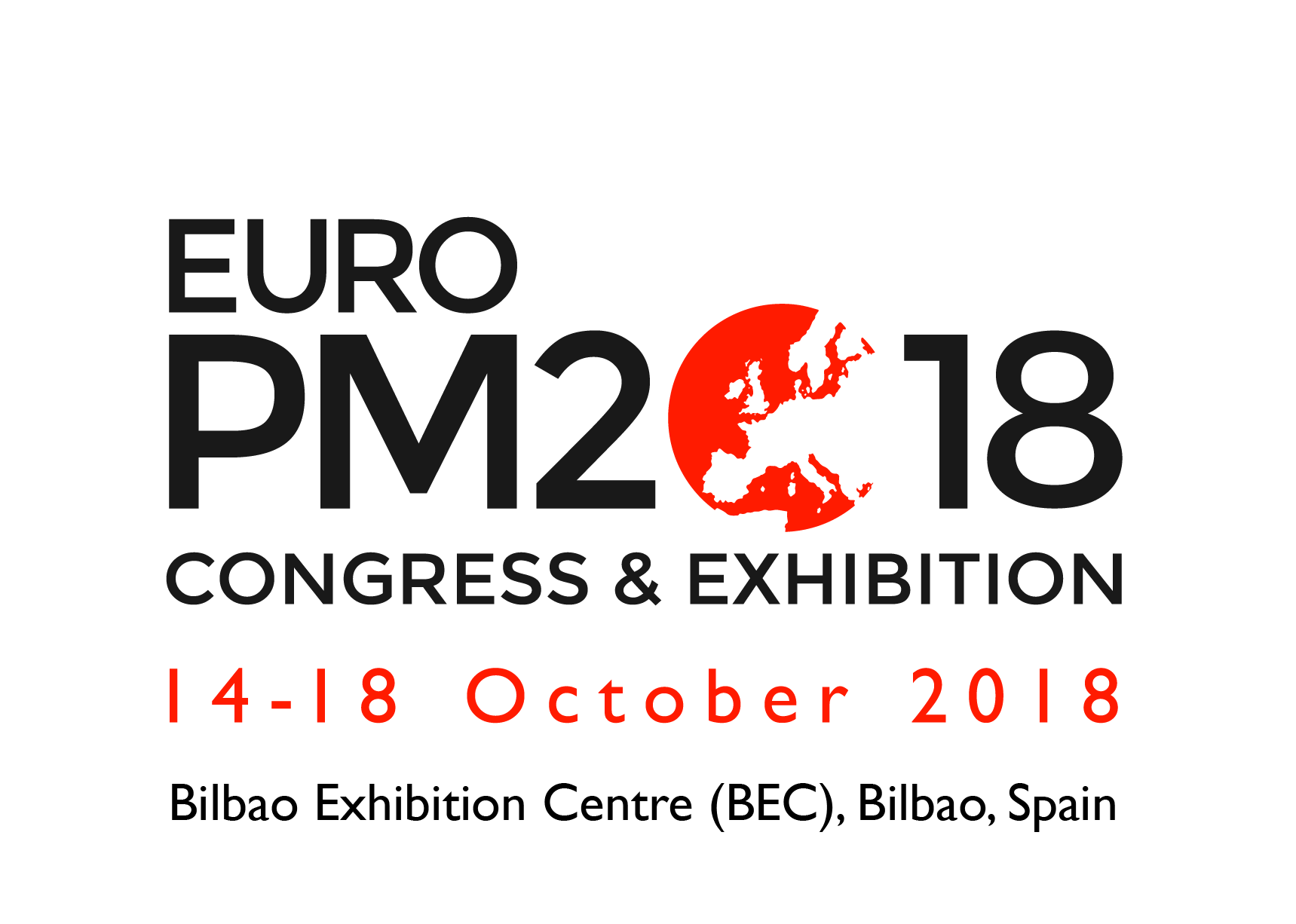Research Article
Tungsten and the Mining Industry
Habashi F*Department of Mining, Metallurgical, and Materials Engineering, Laval University, Quebec City, Canada
- *Corresponding Author:
- Habashi F
Department of Mining, Metallurgical, and Materials Engineering
Laval University, Quebec City, Canada
Tel: [418] 651- 5774
E-mail: Fathi.Habashi@arul.ulaval.ca
Received Date: April 24, 2017; Accepted Date: April 26, 2017; Published Date: April 29, 2017
Citation: Habashi F (2017) Tungsten and the Mining Industry. J Powder Metall Min 6: 166. doi:10.4172/2168-9806.1000166
Copyright: © 2017 Habashi F. This is an open-access article distributed under the terms of the Creative Commons Attribution License, which permits unrestricted use, distribution, and reproduction in any medium, provided the original author and source are credited.
Abstract
Tungsten was isolated from its ores in 1783 and since then it became important because it had the highest melting point of metals - 3410°C. Cemented carbides are materials made by cementing tungsten carbide grains in a binder matrix of cobalt or nickel alloy by liquid phase sintering. The developments in carbide tools resulted in a revolution in the machine tool industry in the late 19th century. Tungsten steels are among the most heat resistant steels, high speed steels, and super alloys.

 Spanish
Spanish  Chinese
Chinese  Russian
Russian  German
German  French
French  Japanese
Japanese  Portuguese
Portuguese  Hindi
Hindi 

